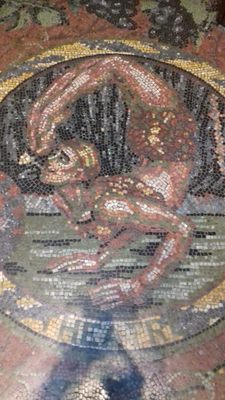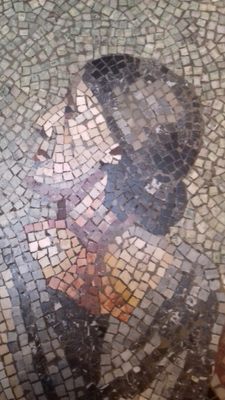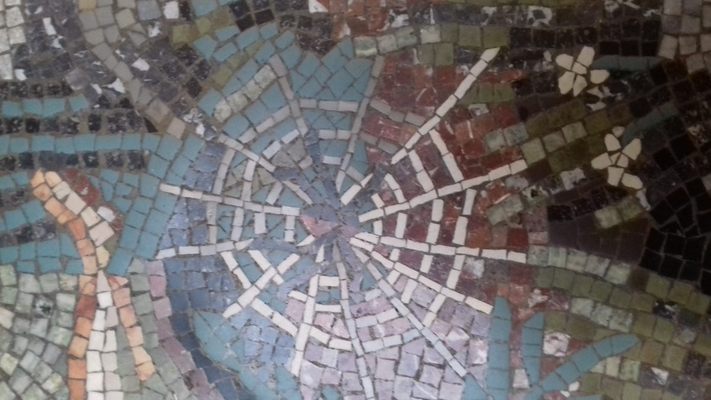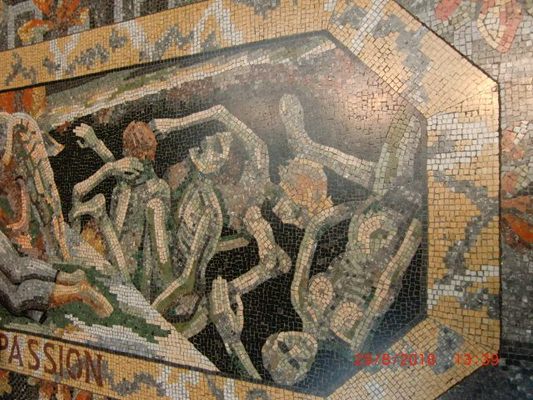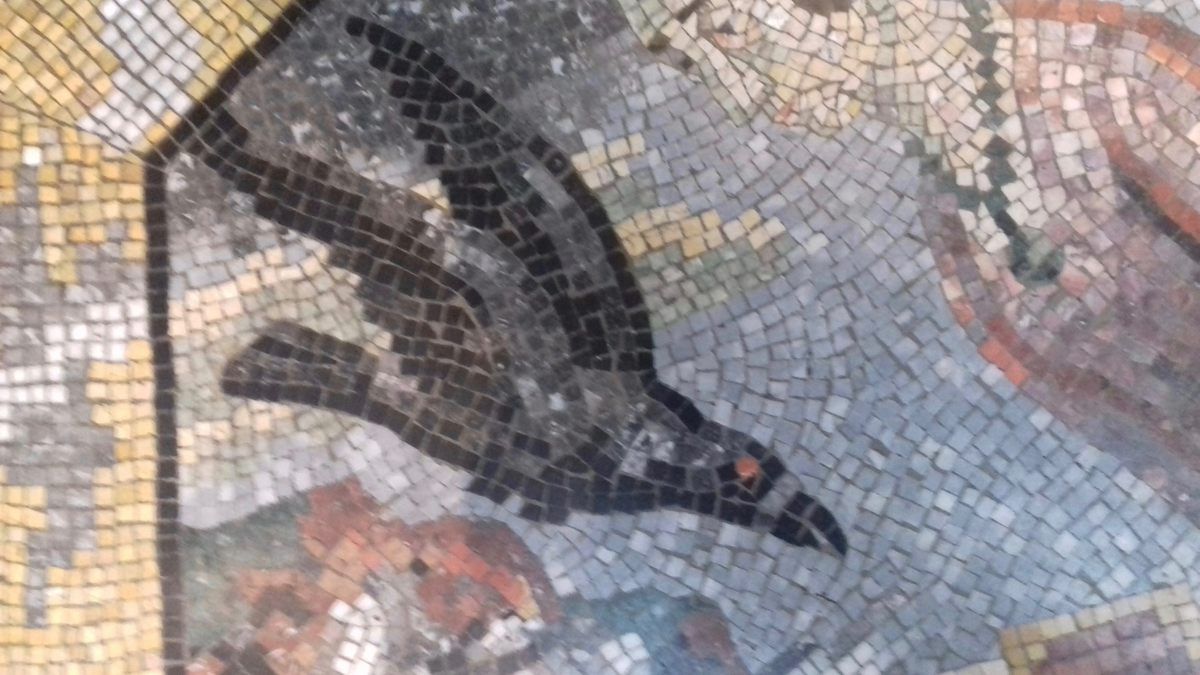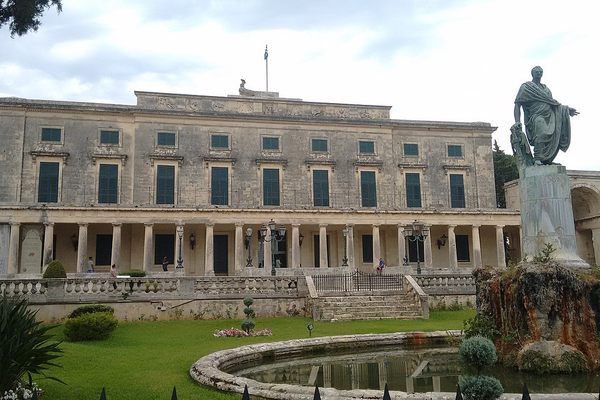About
When most people come to an art museum, they are looking forward to seeing the works of either Old Masters or viewing the latest output of contemporary artists. More often than not, the visitor’s eyesight is turned towards an upward glance rather than a downward one.
However, the National Gallery of London, along with funding from Samuel Courtauld, Gilbert Russel, and others, decided that they would adorn the floors leading into their galleries with works of art in their own right. They commissioned the Russian immigrant, Boris Anrep (1883 - 1969), to create four individual ceramic tiled pieces. The entire project lasted from 1926 - 1952.
Starting from the Trafalgar Square entrance and moving into the gallery the first set of mosaics is located on the halfway landing. This piece is entitled The Awakening of the Muses and was opened in 1933.
In total, there are 11 figures, each with the face of a particular individual with whom Anrep associated. These belong to the infamous crowd known as the Bloomsbury Group. Some of the faces are quite recognizable, for instance; Virginia Woolf as Clio, Muse of History, and Greta Garbo as Melpomene, Muse of Tragedy.
From here the panels are located in three different directions. On the left is the West Vestibule where one will find The Labours of Life, completed in 1928. This consists of 12 occupations, including art, farming, and theater. One the other side is The Pleasures of Life, finished in 1929. These incorporate 12 different activities, like conversation, hunting, and speed. These two groupings were meant to illustrate the themes of work and leisure.
The final group of mosaics can be found at the top of the North Vestibule. This work is known as The Modern Virtues, and was opened in 1952. There are 15 attributes, including compassion, lucidity and wonder. The face of Winston Churchill appears as defiance.
Anrep has personally described these mosaics as being a philosophical cycle of life. His image can be found on the North Vestibule, in a segment entitled Here I Lie. Depicted as a tomb bearing the family crest, along with the image of a hammer and trowel.
Anrep was one of the foremost mosaicists working in Britain during the 20th century. About two dozen of his works can also be seen in and around London, including Tate Britain (Blake Room), Bank of England, and in Westminster Cathedral, (Chapel of the Blessed Sacrament). He is also known for pieces in Dublin and Russia.
Related Tags
Know Before You Go
The mosaics can only be viewed when the museum is open, check the website for operating hours. Entry into the museum itself is free. One has to purchase a ticket only for special exhibitions.
One can procure a detailed information sheet that highlights the various figures/characters depicted at the Sainsbury Wing Information Desk.
Because of their placement, it may be difficult to get a clear view of the individual works. Occasionally the Gallery may impede sight lines with signage or other obstructions.
Published
November 21, 2023

